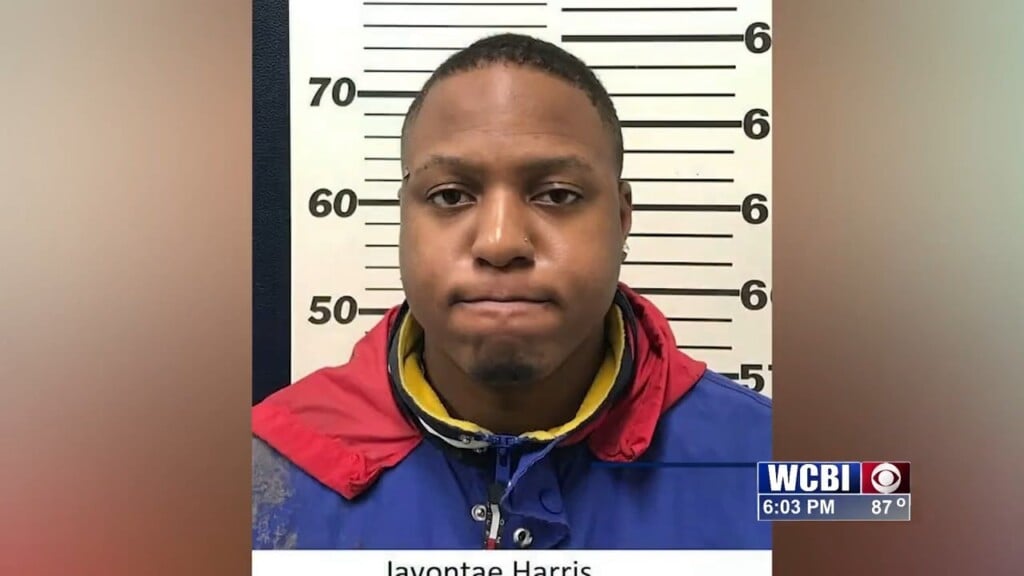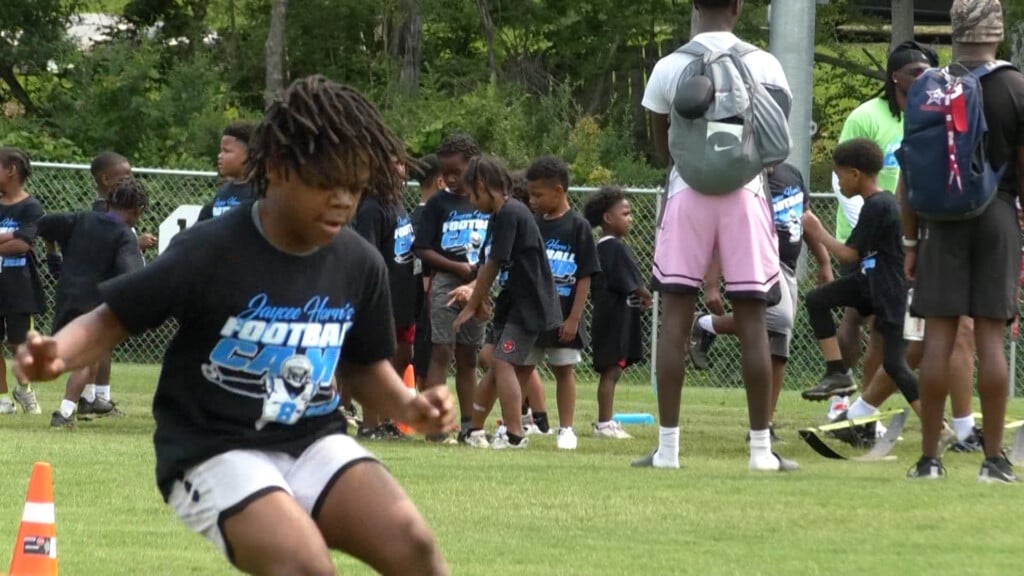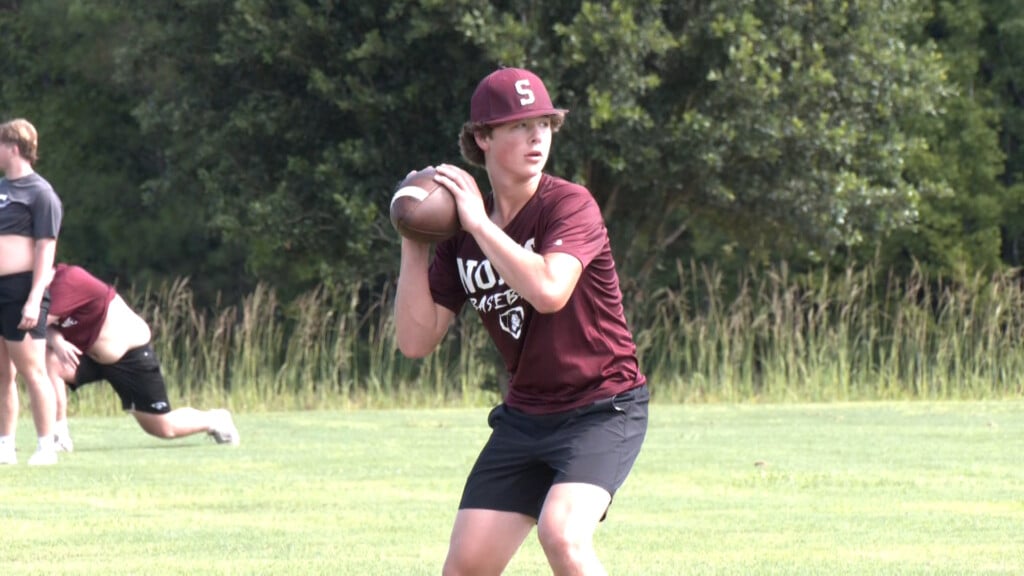Desperate families turn to social media in search of convalescent plasma
As COVID-19 sweeps the United States, scientists are breathing new life into a potential treatment: convalescent plasma.
But with a limited number of donors in the face of growing demand, some families are taking matters into their own hands and turning to social media to connect with people who might be able to provide blood for the experimental coronavirus treatment.
Adam Cohen did just that after his brother, David Behrbom, was rushed into intensive care at White Plains Hospital in New York. He comforted Behrbom over Facetime, not knowing it would be the last time the two would speak to each other.
Behrbom, 47, was undergoing chemotherapy for a treatable form of leukemia when he contracted the coronavirus in March.
“It was our worst nightmare. We knew that the situation was dire,” said Cohen. “He was able to have normal conversations, but his blood oxygen saturation kept going down. I needed to do something immediately to help.”
Just months earlier, Behrbom was an active father of two children, and a beloved teacher. Now he was fighting for his life against a virus that has killed more than 37,000 people in the United States.
At the hospital, doctors prescribed a combination of hydroxychloroquine, an anti-malarial drug, and Zithromax, an antibiotic. But it did little to improve Behrbom’s condition.
In a search for other treatments, Cohen heard of convalescent plasma, a part of blood containing antibodies that can attack the virus. Blood is drawn from people who have recovered from COVID-19, and the potentially life-saving plasma is then transfused to patients.
The technique has been used to treat other viral infections including those caused by H1N1 and SARS, according to the National Institutes of Health. A recent Chinese study published in the Journal of the American Medical Association suggests it could be effective in treating COVID-19 patients, too.
The FDA says, however, that while “promising,” convalescent plasma “has not yet been shown to be safe and effective as a treatment for COVID-19. Therefore, it is important to study the safety and efficacy of COVID-19 convalescent plasma in clinical trials.”
Getting Behrbom the treatment proved to be difficult. He wasn’t a candidate for clinical trials being run across the country, many of which focus on narrow subsets of the population, excluding those who are critically ill. But he was eligible for a provision in the law called compassionate use, making convalescent plasma treatments available to patients if they could potentially be lifesaving.
Desperate to help his brother, Cohen started the process of getting plasma for Behrbom. But his efforts were met with a dead end; the hospital told Cohen that getting convalescent plasma wasn’t going to be possible because it was restricted to clinical trials at the time.
In a last-ditch effort, his family posted a plea for donors to his Facebook friends.
“I started getting phone calls, texts and people. It was within maybe an hour and a half of us asking the public at large if they could help my brother that I found somebody,” said Cohen.
The donor’s blood type was O-negative; a perfect match to Behrbom.
Families across the country are following the same path Cohen took. Amber Bispo of Sacramento, California, asked her followers on Instagram on April 1 for help saving her 78-year-old father. Her post has been viewed nearly 60,000 times.
“It’s really unfortunate to have it so early in the process because there’s just not a lot of options out there for people,” Bispo told CBS News.
One Facebook group, Survivor Corps, with 33,000 members, has transformed from a support group into a pipeline connecting willing donors to families in need. Among the most recent posts: a Boston family seeking type B or AB COVID convalescent plasma.
The windfall of pleas began on March 24, when the FDA gave the greenlight to expand convalescent plasma treatments for investigational purposes. More than 1,040 sites and 950 physician investigators nationwide have signed on to participate in expanded access programs since the FDA announced its expansion.
Meanwhile, blood banks across the country, including the New York Blood Center, are calling out to COVID-19 survivors who may be eligible donors.
“We have scores of donors that we brought in already and we have the capacity to take hundreds a day, so we definitely see it ramping up very quickly,” said Dr. Bruce Sachais, the chief medical officer at the New York Blood Center. “But what we need is for people who really meet the criteria.”
The criteria for donor eligibility include a prior diagnosis of COVID-19 documented by a laboratory test, a complete resolution of symptoms for at least 28 days before they donate, and a negative lab test for the active COVID-19 disease.
While the FDA has been swift to greenlight an expansion of convalescent plasma access for critically-ill patients, authorities have struggled to ramp up COVID-19 testing across the country. According to the Covid Tracking Project, which collects and publishes testing data available for U.S. states, the U.S. has tested roughly 3.5 million people, just one percent of its population.
“There are a lot of people out there that probably do have good antibody responses that really did have the disease, but we can’t collect them right now because we don’t have any documentation that they really had the disease,” said Sachais.
Limited availability of tests has undermined plasma collection efforts. The New York Blood Center, one of the nation’s largest, has only had enough plasma to treat 2,000 patients so far. They’re ramping up to eventually treat 6,000 patients per week.
In Texas, Dr. Jeff Yorio at Texas Oncology in Austin has treated four COVID-19 patients with convalescent plasma throughout April. He said his hospital has an ever-growing waitlist of patients hoping to receive a transfusion.
“As soon as somebody comes in to donate plasma, it’s automatically getting shifted over to a patient to receive it. So, it’s a constant movement,” he said. “It’s like toilet paper. As soon as it hits the shelf, it’s coming off.”
The bottleneck in availability of convalescent plasma has forced him to confront a difficult question: who gets treated and who doesn’t?
“Sometimes patients are waiting a few days to a couple of weeks. You’re hoping to get them extra treatments as quick as you can because they may not have weeks with what’s going on, and you’re trying to do everything you can for them,” said Yorio.
But for David Behrbom, the answer came too late. While his brother found a donor through Facebook, his family didn’t get word from the hospital that the donor’s plasma had been approved until after he passed away. He was laid to rest last weekend, in a closed funeral.
“I’ve never encountered or thought I would encounter something like this in my life and I know that this is a story that’s happening to thousands of people across the world,” said Cohen.





Leave a Reply